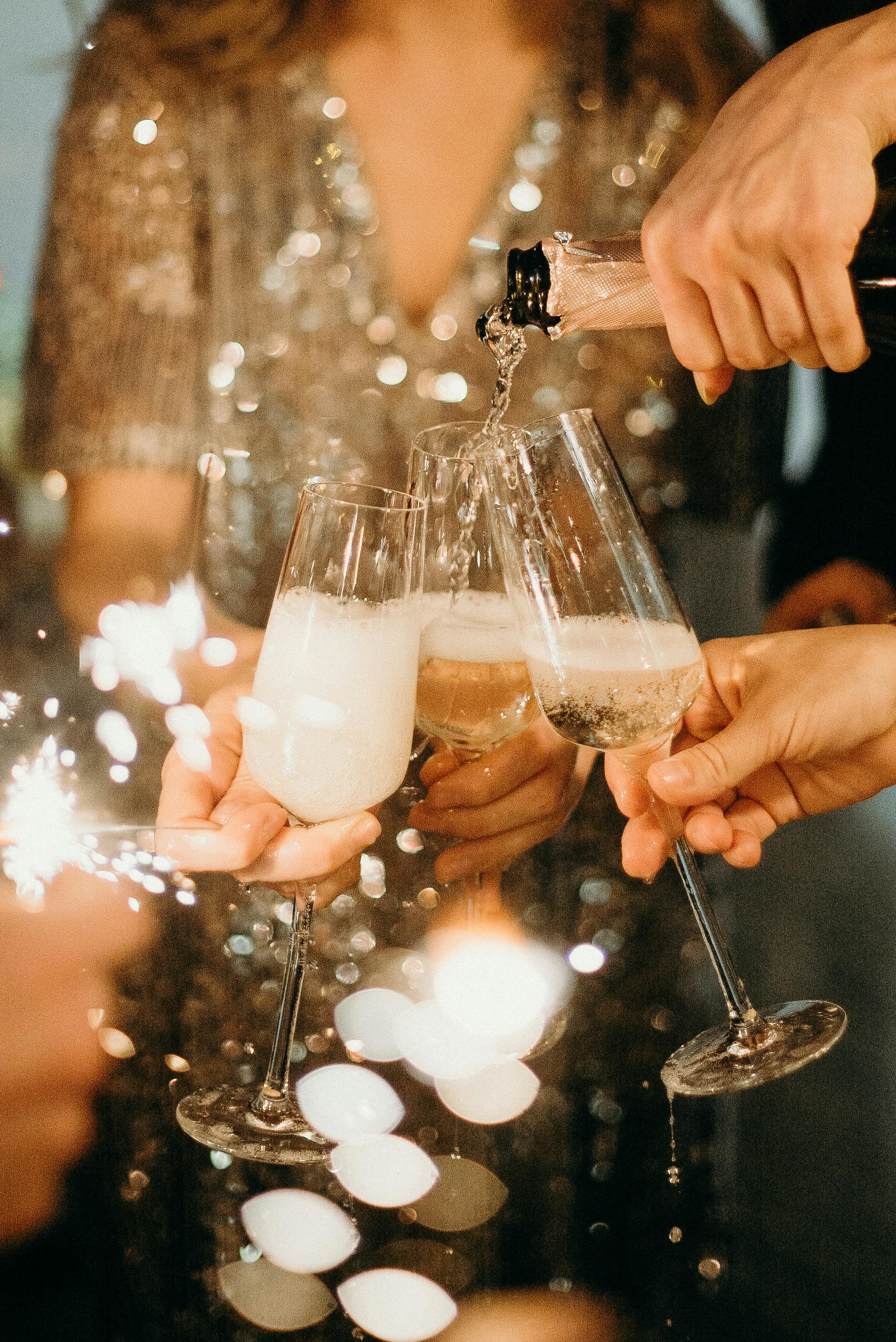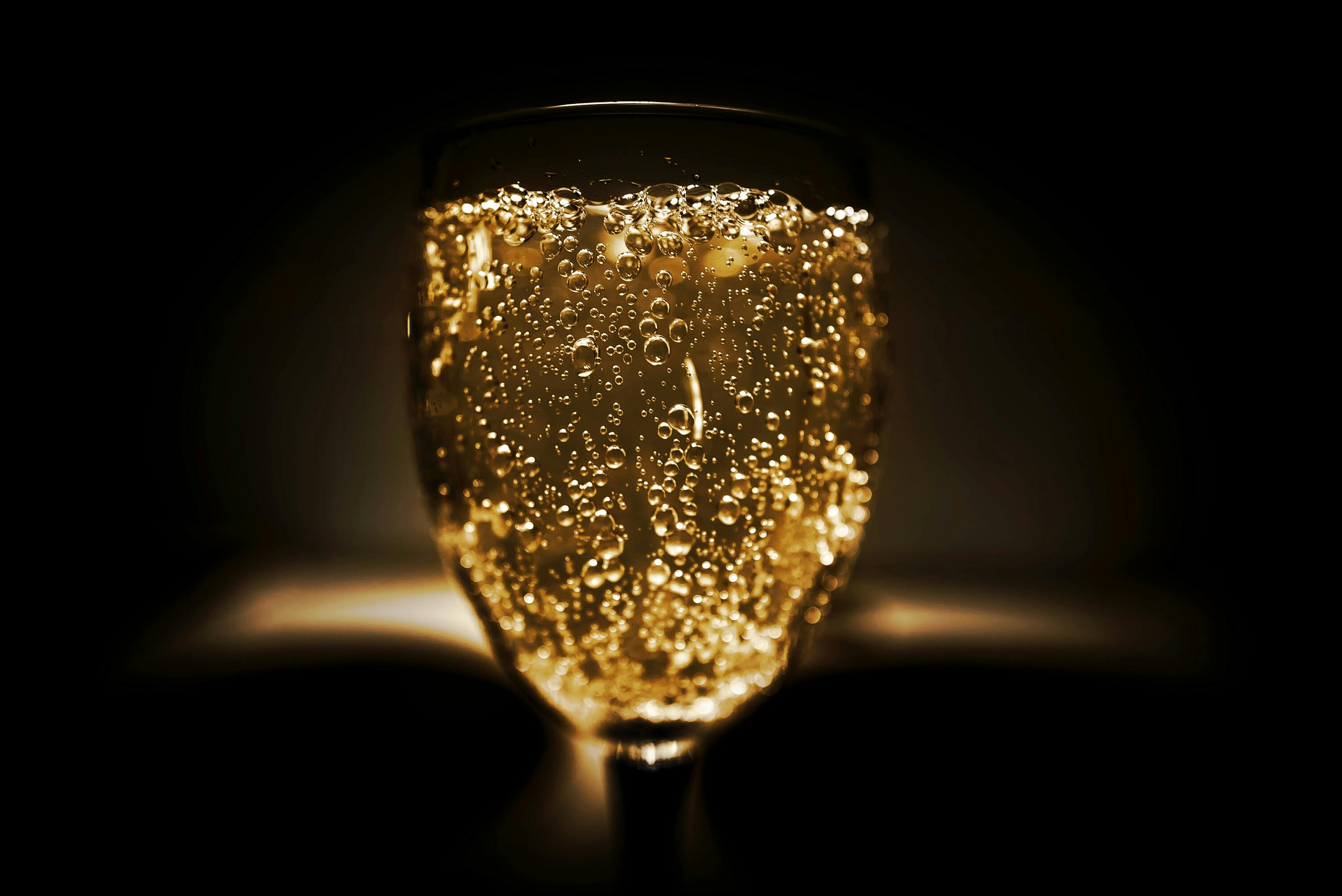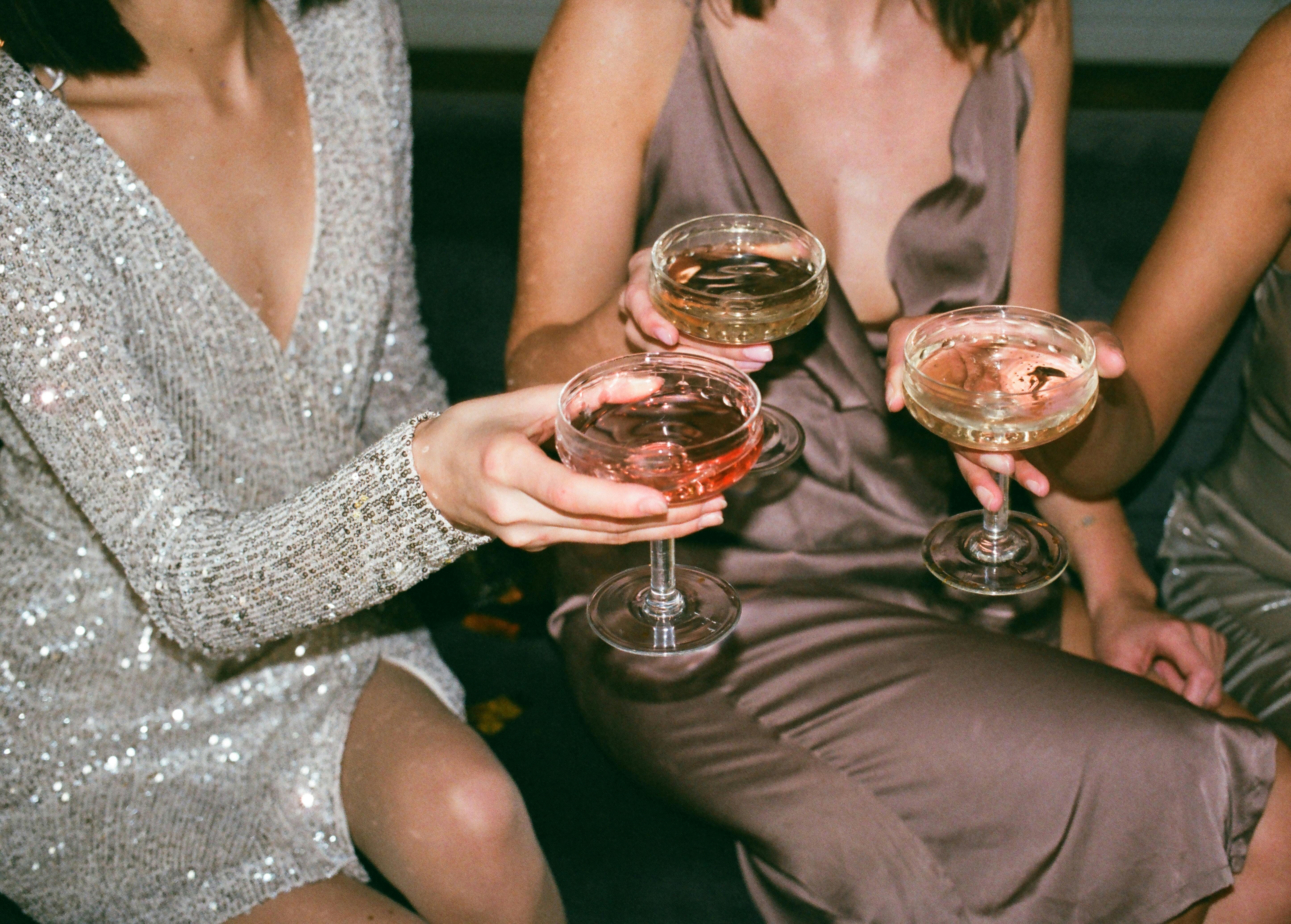The rise in popularity of non-alcoholic drinks has opened up a world of possibilities for those seeking alternatives to traditional alcoholic beverages. From creative mocktails to non-alcoholic beer and wine, the diversity of options is truly impressive. Among these, non-alcoholic champagne has gained a particular following, offering a way to toast and celebrate without the intoxicating effects of alcohol.
However, for individuals in recovery from alcohol addiction, this seemingly harmless alternative may carry hidden risks. While it presents itself as a safe choice for celebratory moments, there are deeper implications worth considering. Let’s explore why this option might not be ideal and how it could impact those on the path to recovery.
What is non-alcoholic champagne?

Non-alcoholic champagne, often labeled as sparkling grape juice or non-alcoholic sparkling wine, is designed to replicate the experience of traditional champagne. Crafted to capture the taste, texture, and visual appeal of their alcoholic counterparts, these beverages are typically alcohol-free or contain only trace amounts of alcohol (less than 0.5% ABV). The alcohol is removed using techniques like vacuum distillation or reverse osmosis, resulting in a drink that maintains the signature bubbles and celebratory aesthetic of sparkling wine.
While these products are legally suitable for all ages and are frequently marketed as a perfect option for sober individuals, their suitability for those in recovery is far more nuanced. Despite being promoted as safe, the psychological and physiological implications of consuming a beverage so closely resembling alcohol can introduce risks that should not be overlooked. For individuals navigating the challenges of recovery, even this well-intentioned alternative may have unintended consequences.
Triggers in disguise: Why non-alcoholic champagne can be risky

#1. Potential trigger
One of the critical pillars of recovery from alcohol addiction is the commitment to avoiding triggers that could lead to cravings or relapse. Consuming non-alcoholic champagne, despite its intention as a safe alternative, might inadvertently become one of those triggers. This is particularly true for individuals whose drinking history included celebratory moments or social rituals centered around champagne.
#2. False familiarity
Non-alcoholic champagne is purposefully crafted to look, taste, and feel like its alcoholic counterpart. For someone in recovery, this similarity can be problematic. Holding a champagne flute, sipping bubbly liquid, and associating these actions with celebration may activate memories of past drinking experiences. This “false familiarity” can evoke emotional and psychological connections to alcohol, making it harder to resist cravings or maintain a sense of distance from past habits.
#3. Blurred lines between abstinence and relapse
Furthermore, celebratory toasts and the act of drinking are deeply embedded in social culture. Even when the beverage is alcohol-free, the motions of pouring, clinking glasses, and sipping can trigger the same patterns of behavior associated with alcohol consumption. For individuals in recovery, these rituals might blur the line between abstinence and relapse, potentially undermining the progress they have worked hard to achieve.
#4. Slippery slope
Establishing clear boundaries is another cornerstone of successful recovery. While non-alcoholic champagne may seem like a harmless compromise, it can sometimes lead to a slippery slope. The resemblance to alcohol might encourage thoughts such as, “If I can handle this, maybe I can handle just one real drink.” This rationalization, though subtle, can escalate into relapse, undermining the hard-won stability of sobriety.
In essence, for those in recovery, it is essential to remain vigilant about the choices they make, ensuring that each decision supports their commitment to a healthier, alcohol-free life.
Is there truly no alcohol in there?

It is essential to recognize that many non-alcoholic beverages are not entirely free of alcohol. According to regulations, drinks containing up to 0.5% ABV can still be labeled as non-alcoholic. While this amount is negligible compared to traditional champagne, it is not the same as zero. For individuals in recovery, even trace amounts of alcohol can pose significant challenges.
For instance, those with heightened sensitivity to alcohol or a history of severe addiction may find that these minimal levels still trigger adverse effects. Furthermore, consuming non-alcoholic champagne can sometimes lead to what’s known as the placebo effect, where the body responds as if it has consumed alcohol. This reaction can result in cravings, discomfort, or even feelings of unease, undermining progress in recovery.
Thus, while non-alcoholic champagne might seem like a harmless alternative, it is important to approach it with caution, especially for those committed to maintaining complete sobriety. Transitioning to fully alcohol-free options, like sparkling water or juice, can provide peace of mind while supporting recovery efforts.
Alternative ways to celebrate in recovery

The desire to participate in celebratory moments is natural, and individuals in recovery deserve to feel included and celebrated. Fortunately, there are numerous alternatives that allow you to toast without compromising your recovery:
- For example, you can enjoy flavored or plain sparkling water served in an elegant glass, which beautifully mimics the experience of champagne without the risk of triggers.
- Alternatively, you might relish sober-friendly mocktails made with fresh juices, herbs, and sparkling water to elevate the party experience.
- While some kombuchas contain trace amounts of alcohol, there are alcohol-free versions that provide a sophisticated, bubbly option.
- Additionally, a warm herbal tea or refreshing tonic water infused with botanicals can create a calming yet celebratory moment.
Moreover, celebrations do not have to revolve around drinking at all. Instead, consider starting new traditions, such as sharing words of gratitude, enjoying a special dessert, or lighting candles to mark meaningful occasions. These rituals can make festivities feel just as joyous and memorable without relying on alcohol or its substitutes.
In conclusion
It is important to remember that recovery is a deeply personal journey, and what works for one person may not work for another. Most importantly, prioritize your sobriety and mental health above all else. If non-alcoholic champagne feels like a slippery slope, it is perfectly okay to decline and seek safer alternatives. Surrounding yourself with supportive friends, family, and communities that respect your boundaries can further enhance your confidence in making the right choices.
Ultimately, true celebration stems from connection, joy, and meaningful moments—none of which require alcohol or its substitutes. By opting for alternatives that honor your recovery, you can celebrate fully and confidently, knowing you are staying true to your commitment to a healthier, alcohol-free life.
Featured image: g-stockstudio/iStock
Medical Disclaimer
All content found on the StyleRave.com website, including text, images, audio, video, and other formats is created for informational purposes only. The content is not intended to be a substitute for professional medical advice, diagnosis, or treatment. If you think you may have a medical emergency, please call your doctor, go to the nearest hospital, or call 911 immediately depending on your condition.
For the latest in fashion, lifestyle, and culture, follow us on Instagram @StyleRave_
—Read also

























+ There are no comments
Add yours